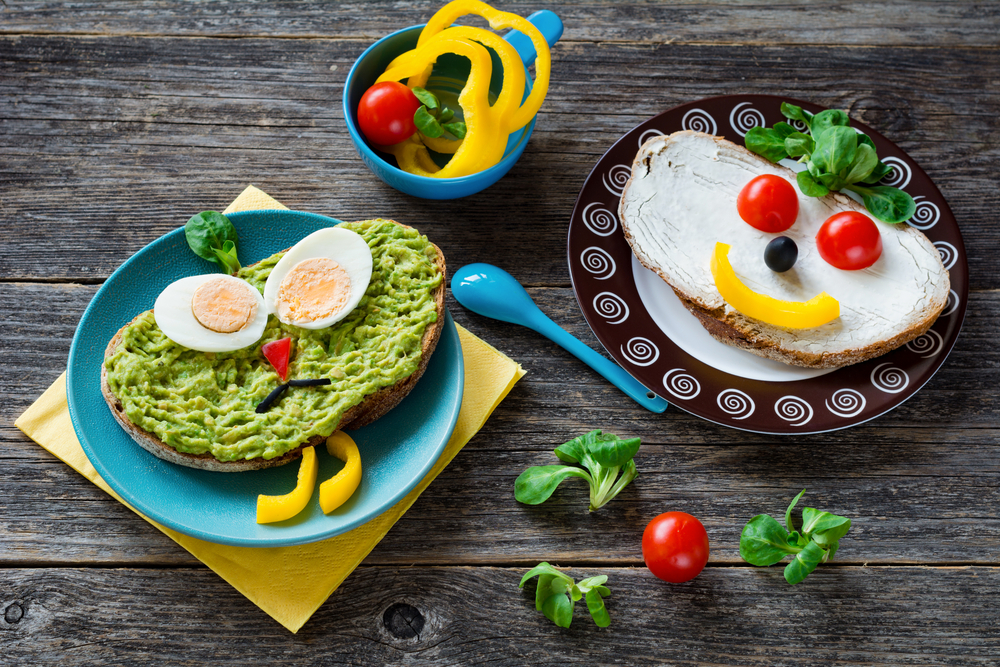Despite vegetables’ vital nutritional values, it’s a global phenomenon that they don’t go down with kids that smoothly. There are various physiological and physical tactics people use to help children overcome this negative association, such as hiding them in sauces or setting good examples when eating yourself.
A team from the University of Chile may have just come up with the best solution yet, creating 3D printed food in any shape imaginable, even the beloved Pokémon Pikachu! “We are looking for different figures, fun figures…visuals, colors, taste, flavors, smells,” Reberto Lemus told AFP.
What is the 3D printed food made from?
Dehydrated “cochayuyo” seaweed is the nutritional star of the figures, being rich in amino acids, minerals, and iodine. This superfood is a typical ingredient in national cuisines of Chile, New Zealand, and the South Atlantic in coastal cities where it is found in abundance. The researchers incorporated cochayuyo into the food by dehydrating it, cutting it, and grinding it to create a kind of flour.
This algae flour is combined with instant mashed potato and hot water to create nutritious 3D-printed food that can be in your mouth in just seven minutes. “It occurred to me to use potatoes, and rice flour, all of which have a lot of starch. The starch of these raw materials combined with the cochayuyo alginate is what generates stabilization within the 3D printing,” explained Alonso Vasquez who worked on the project.
The growing field of 3D food
3D printed food is something that has been cooking in the culinary field for a while, with this technology already being used to design sweets, pasta, and other foods. NASA is even planning to recruit this technique to allow astronauts to dine-in space. These printers are currently expensive, however, Lemus is hoping the costs will soon decrease as the technology advances and their product will be able to reach more people.
The project is currently in its infancy, but the team believes their invention will eventually revolutionize the food market and allow children to eat more nutritious food without as much resistance. In the future, we’ll likely see much more elaborate shapes in our freezers than smiling potato faces!











